Two ways that atomic chlorine could be used to reduce methane levels in the atmosphere have been put forward by an international group of researchers. Both ideas involve manufacturing chlorine sinks to initiate methane oxidation reactions.
Current methane emissions exceed those set out in the 2015 Paris agreement and contribute around 0.5°C towards global warming. As well as preventing human activities from releasing methane in the first place, scientists are also investigating methods that might expedite the destruction of this potent greenhouse gas.
Roughly 90% of methane in the troposphere is oxidised into carbon dioxide via radical reactions initiated by hydroxyl radicals. Chlorine radicals in the atmosphere also trigger methane oxidation. There’s less chlorine in the atmosphere so these radicals only destroy 1–4% of the methane, although they act 16 times faster than hydroxyl radicals.
Now, Qingchun Yuan, from the University of Aston in the UK, and colleagues have proposed a reactor combining electrolysis and photolysis that could be deployed in areas with high concentrations of methane in the air, such as at landfills or the ventilation exits of underground coal mines. The system would take methane from the ambient air and bubble it through a chlorine-saturated brine derived from seawater. Chlorine radicals in the brine would oxidise methane to carbon dioxide. Byproducts including chlorine gas, hydrogen gas and a caustic solution containing NaOH, could all be captured and stored or recycled.
Alternatively, to minimise infrastructure and operational costs, such reactors could be combined with the chloro-alkali process, which produces much of the world’s chlorine, and fed with captured methane stored in gas tanks. Yuan also says the reactors could be integrated into direct air capture systems and use the NaOH they produce to absorb carbon dioxide.
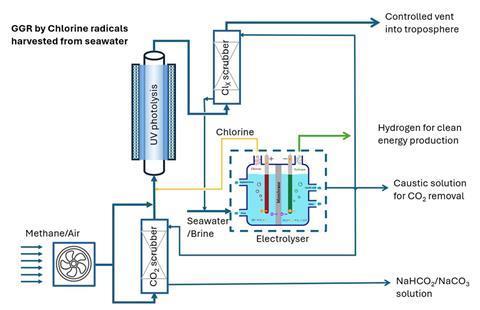
‘It’s no secret that chlorine radicals react a lot faster than hydroxyl radicals, so while this idea is not especially new, it is a very exciting idea for atmospheric oxidation enhancement,’ comments Jessica Haskins, an atmospheric scientist at the University of Utah in the US.
Yuan and the team also suggest that chlorine radicals could be released into the troposphere. Theoretically, if all chlorine radicals captured from the chlor-alkali process were sprayed into the atmosphere, methane there could be eradicated within five years. However, this would likely have damaging environmental effects such as increasing acid rain. Instead, Yuan proposes a controlled release system that could see tropospheric methane levels reduced to zero within 30 years.
Haskins, however, is uncomfortable with the suggestion to release chlorine radicals into the atmosphere. ‘Our research shows that by the time you’re removing any meaningful amounts of methane from the atmosphere, you’re going to run into problems with PM 2.5 pollution, which would lead to a significant reduction in atmospheric quality… I really worry about release in the ambient atmosphere as it could lead to enhanced algal bloom [in the sea] – at what point do you cross the line of messing up the nutrient balance and ecosystems?’




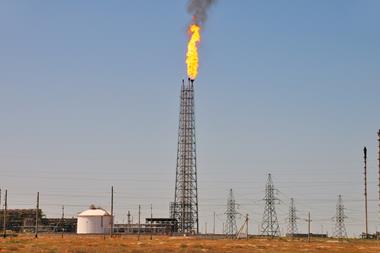




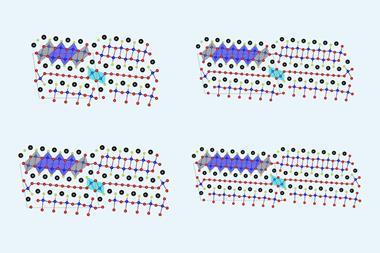
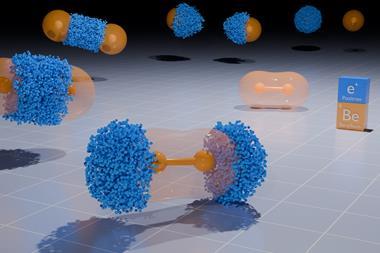
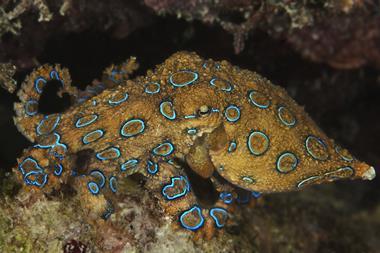
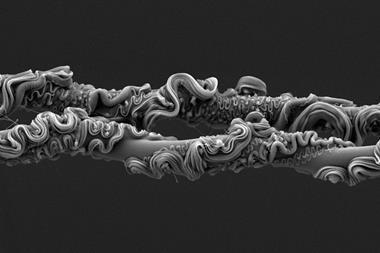

No comments yet